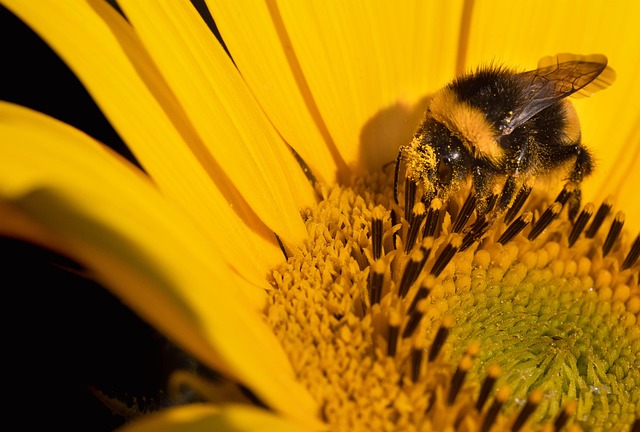In the world of photography, color correction is more than just a technical process; it’s a transformative art that allows a photographer to breathe life into an image. Every time we raise our cameras to capture a moment, we are not simply taking a photo—we are expressing a feeling, a story, or a memory. Understanding how to master the layers involved in color correction can unlock the full potential of our photography, turning ordinary snapshots into extraordinary works of art.
Imagine standing in front of a stunning landscape, camera in hand, and perfectly capturing the hues of a sunset as they dance across the sky. Yet, when we view the image later, reality doesn’t match our artistic vision. This is where color correction comes into play, allowing us to adjust the colors through the layered approach of editing software. By using layers, we can make selective adjustments that enhance depth and emotion without overshadowing the original beauty of the photo.
The camera’s optics do a remarkable job of capturing life as it is—shadows, highlights, and those subtle shades that often get lost in translation. However, lighting conditions and the specific settings we choose can sometimes lead to less than perfect results. Enter color correction. With the right techniques, we can breathe new life into our images, preserving the essence of our subject while enhancing its visual impact.
Understanding layers is crucial when it comes to mastering color correction. Each layer serves as a canvas that allows us to manipulate specific elements within an image. For instance, we can create a dedicated layer for the skies, adjusting brightness and saturation to enhance the vibrancy of the sunset, all while leaving the foreground untouched. This precise control enables us to paint a clearer, more compelling picture in our viewer’s eyes, drawing them into the moment we sought to capture.
Moreover, layers give us the freedom to experiment. Photographers often approach color correction with different moods and intents in mind. One day, you might want to evoke nostalgia with muted tones; the next, a vibrant and vivid landscape that feels alive. By layering our adjustments, we can easily test and tweak the visual atmosphere until it aligns perfectly with our creative vision. The ability to work non-destructively means that we can explore without fear of losing the original beauty of our shot.
As we delve deeper into color correction, it’s essential to see beyond the technicalities and embrace the emotional journey it provides. Every photo we take holds a story, and through skillful editing using layers, we can enhance that narrative. Color becomes a character in our visual storytelling, guiding the audience’s emotions and response to the imagery.
In the end, mastering color correction through layers not only refines our photography but also deepens our connection to the art form. Whether you are a seasoned professional or an enthusiastic amateur, harnessing the power of color correction can transform how you perceive and create your images. So, pick up your camera, explore the layers, and unlock a new dimension in your photographic adventure.



